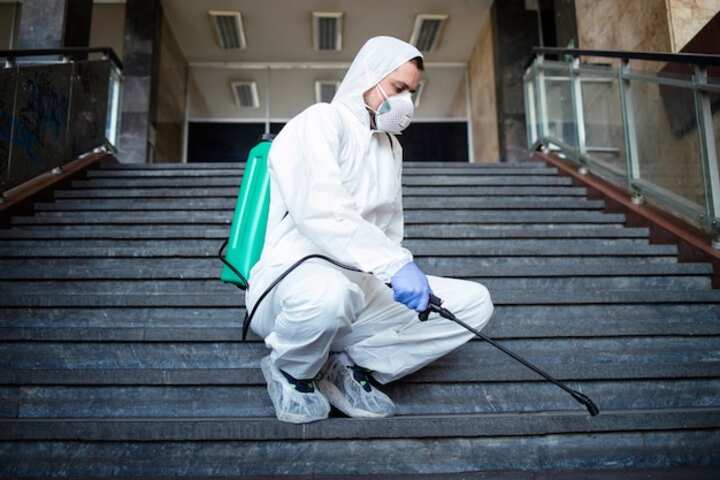
Expert HVAC Mold Remediation Services in Rockford
Mold in HVAC systems is a growing concern for homeowners and businesses alike, as it can lead to poor air quality and various health issues. In Rockford, where humidity levels can be high, the likelihood of mold proliferation in HVAC systems is even greater. It is essential to address mold problems promptly with expert remediation services to ensure a healthy indoor environment and optimal performance of HVAC systems.
Understanding Mold in HVAC Systems
Mold thrives in moist environments, making HVAC systems a prime location for its growth. The system's ducts, coils, and drip pans can collect moisture, providing an ideal breeding ground for mold. Over time, this can lead to mold spores circulating throughout indoor spaces, impacting air quality and potentially leading to health problems such as allergies, respiratory issues, and other illnesses.
Common Signs of Mold in HVAC Systems
- Musty or moldy odors emanating from air vents
- Visible mold growth around HVAC components
- Increased allergy symptoms among occupants
- Poor air quality and persistent dampness
- Unexplained respiratory issues in building occupants
Importance of Professional Mold Remediation
Hiring expert HVAC mold remediation services in Rockford is crucial for effectively eliminating mold and preventing its recurrence. Professional services offer several advantages, including:
- Thorough inspection and identification of mold sources
- Use of advanced equipment and techniques for safe removal
- Prevention measures to inhibit future mold growth
- Ensuring compliance with health and safety standards
- Restoration of air quality and system performance
Learn more in this detailed guide about the benefits of professional mold remediation.
Steps in the HVAC Mold Remediation Process
The remediation process involves several key steps to ensure mold is completely eradicated from the HVAC system:
Inspection and Assessment
Professionals conduct a comprehensive inspection of the HVAC system to locate mold growth and assess the extent of the infestation. This step is crucial for planning effective remediation strategies. Find additional information here.
Containment and Air Filtration
To prevent the spread of mold spores during the cleanup process, containment measures are implemented. High-efficiency particulate air (HEPA) filtration systems are used to capture airborne spores, ensuring they do not contaminate other areas.
Mold Removal and Cleaning
Using specialized cleaning agents and equipment, technicians remove mold from all affected components of the HVAC system. This step is critical to eliminating active mold colonies and preventing future growth. Explore further insights here.
System Repair and Restoration
Once mold removal is complete, any damaged parts of the HVAC system are repaired or replaced. This ensures the system operates efficiently and reduces the risk of recurring mold problems. Read more about this topic.
Preventative Measures
After remediation, implementing preventative measures is essential to maintain a mold-free HVAC system. Regular maintenance, including cleaning and inspections, helps identify potential issues before they escalate. Additionally, controlling humidity levels and ensuring proper ventilation are vital steps in mold prevention. Learn more about effective preventative strategies by visiting this detailed guide.
Conclusion
Mold in HVAC systems poses significant health risks and can compromise the functionality of the entire system. Expert mold remediation services in Rockford are vital for addressing this issue effectively. By understanding the signs of mold, the importance of professional intervention, and the steps involved in the remediation process, property owners can ensure a safe and healthy indoor environment. For more information on HVAC mold remediation, explore further insights here.